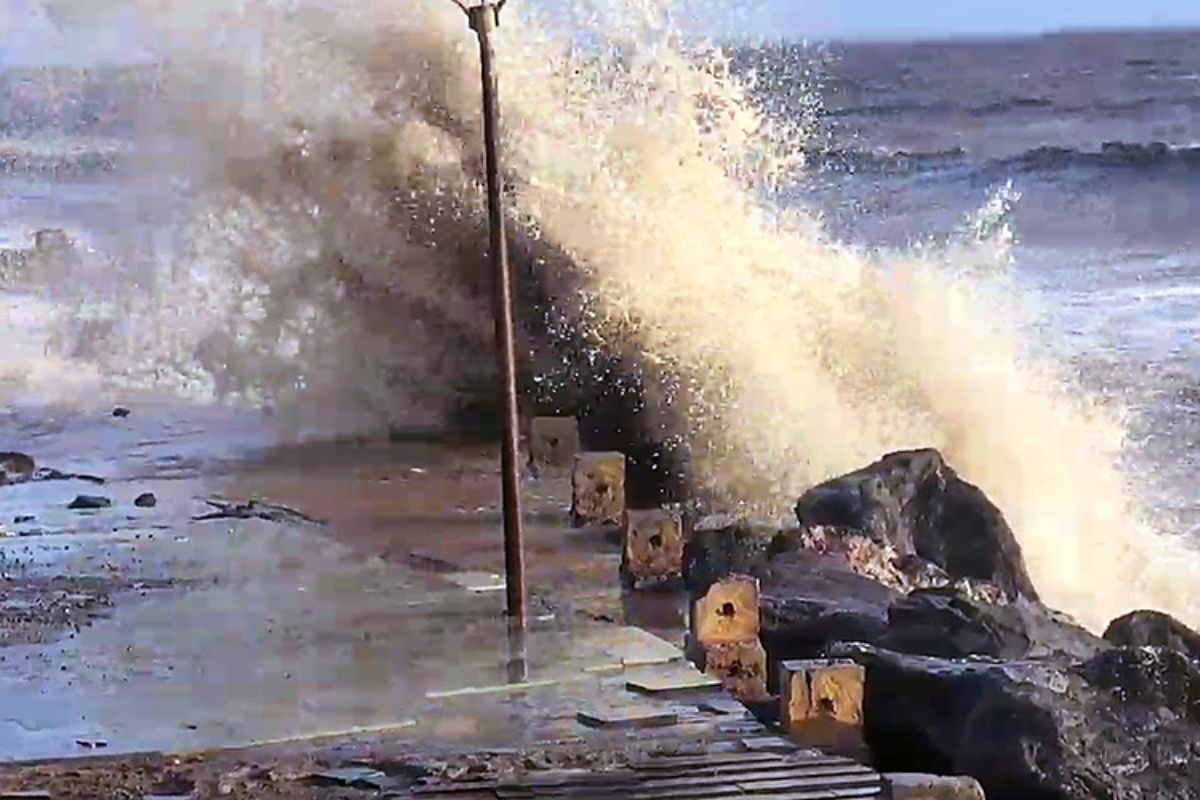Even as Biparjoy is about to cause mayhem, the next cyclone in the region will be named ‘Tej’ as suggested by India. After Tej, Iran and Maldives will get to name the cyclones — ‘Hamoon’ and ‘Midhili’ respectively.
This time, it was Bangladesh’s turn to propose the name and thus it was Biporjoy though the forecast is that it may wreak havoc on the western coast of India, particularly Gujarat.
Advertisement
Over the past few weeks, we have been closely following Cyclone Biporjoy as it ravages the western coast of India and extends towards the coastal areas of Pakistan. But have you ever wondered how this cyclone got its name and what it signifies?
According to Bengali linguist Sanghamitra Banerjee, the name Biporjoy was given by scholars in Bangladesh. In English, it translates to “disaster” or “calamity.” Banerjee explained that
cyclones are given unique and easily identifiable names to facilitate recognition. In the past, a latitude-longitude method, which employed numbers, was used for identification, but it proved inconvenient for people to remember.
The responsibility of naming tropical cyclones that form over the Bay of Bengal and Arabian Sea, once they reach a certain intensity, falls on the RSMC New Delhi Tropical Cyclone Center.
Banerjee clarified that these names are determined by a rotational system rather than being specific to the areas where the cyclones will occur.
The practice of naming storms began arbitrarily, but in the mid-1900s, it was decided to use feminine names for storms. Later on, the World Meteorological Organization (WMO) introduced the alternating use of both men’s and women’s names.
A total of six lists of names are utilised in rotation. Consequently, the 2019 list will be reused in 2025. However, if a storm proves exceptionally devastating or costly, the WMO may decide to retire its name out of sensitivity, and a new name takes its place.
During the 27th Session of the WMO/ESCAP Panel on Tropical Cyclones in 2000, held in Muscat, Oman, it was agreed in principle to assign names to cyclones in the Bay of Bengal and
Arabian Sea. This panel comprises Bangladesh, India, Iran, Maldives, Myanmar, and eight other countries, who collectively decide the names on a rotational basis.
















